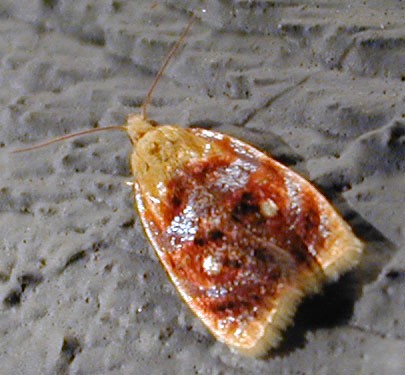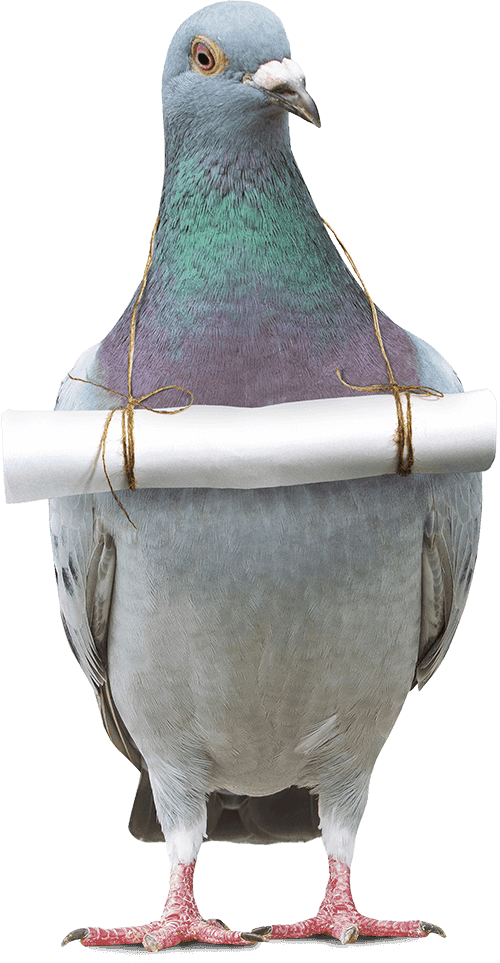Oak leaftier
(Acleris semipurpurana)

Description
Acleris semipurpurana is a species in the moth family Tortricidae, and one of several species of moth commonly known as oak leaftier or oak leaf tier. The larvae feed on the leaves of oak trees in the Eastern United States and southeastern Canada which can be a major cause of defoliation. The loss of leaves can kill or damage the affected trees, which are chiefly in the Lobatae or red oak section of Quercus, or oaks. Adult Acleris semipurpurana moths lay single eggs on oak tree branches in June which develop over winter and hatch the next April. The larvae eat tree buds and young leaves, then tie leaves together with silk (hence the name). They nest and eat inside the tied leaves, then pupate in the leaf litter on the floor in May or June. After a week or two the adult moths emerge, mate, and lay the next generation of eggs. Oak leaftier moths lay their eggs in June each year, typically as single eggs on rough-bark twigs, typically "second year branches". The eggs overwinter, then hatch in the following spring. After larvae (or caterpillars) emerge in April, they eat the buds of oak trees and the young leaves inside them. When they are fully grown, the larvae are 12 millimetres (0.47 in) long and "dirty white to light green" with "a pale brown head and black to brown front legs". Other identifying characteristics of the larvae are a long head with a black bar on the cheek or lower portion, and brown legs on the thorax. The larvae tie leaves together with silk, which gives the insect its common name. The larvae feed and nest inside the tied or folded leaves until mid- to late May, when they begin to pupate. The larvae leave the trees to pupate, descending to the ground on silken threads. The pupae are commonly found in leaf litter on the forest floor beneath the oak trees. In late May or June, after one or two weeks in the pupal stage, adult moths emerge. The moths are small with a wingspan of 12 millimetres (0.47 in); their wings have a characteristic bell shape. Wing colors can vary considerably. Some forewings are yellow while others have dark brown or even purple markings. The adults mate and lay eggs - only one generation of moths is produced annually. Acleris semipurpurana was first described by William D. Kearfott in 1909. Acleris is a genus of moths belonging to the subfamily Tortricinae of the family Tortricidae. As of 2007, about 241 species were known.
Taxonomic tree:







